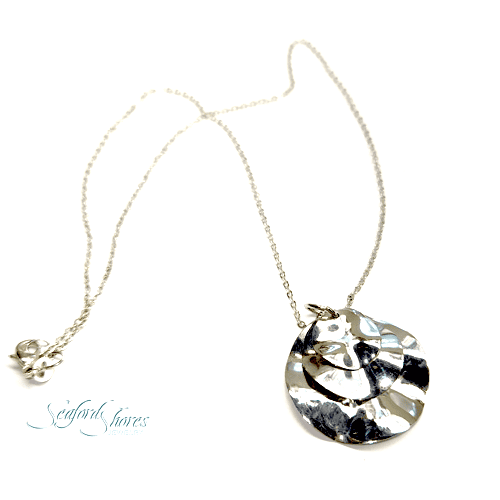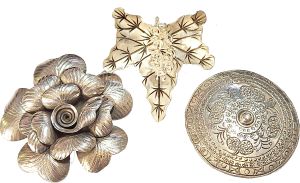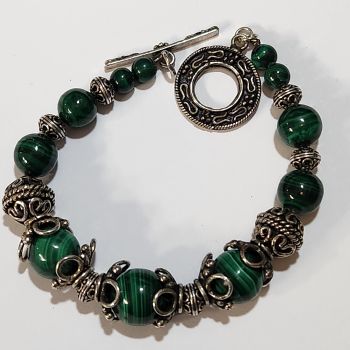Sterling silver is a popular and versatile metal widely used in jewelry, flatware, and various decorative items. It is composed of 92.5% pure silver and 7.5% other metals, typically copper. This alloy is known as sterling silver and is valued for its lustrous appearance, durability, and affordability.
The addition of copper to silver provides strength and durability to the metal, making it more resistant to scratches, dents, and deformation. This makes sterling silver suitable for everyday wear in jewelry pieces like rings, earrings, bracelets, and necklaces. It can withstand the rigors of daily use while maintaining its beauty and shine.
One of the distinguishing characteristics of sterling silver is its bright and reflective surface. It possesses a distinctive, white metallic color that is highly attractive and often associated with elegance and sophistication. This makes it a popular choice for both contemporary and traditional jewelry designs.
Over time, sterling silver may develop a natural patina or tarnish, which is a darkening of the surface caused by a reaction with sulfur compounds in the air. While some people appreciate the aged and antique look of tarnished silver, it can be easily restored to its original shine through simple cleaning and polishing techniques.
Sterling silver is also commonly used in the creation of silverware and tableware, such as cutlery, serving trays, and tea sets. Its combination of beauty and durability makes it suitable for both formal and casual dining occasions.
When purchasing sterling silver items, it is important to look for proper hallmarks or stamps that indicate its authenticity. The most common hallmark for sterling silver is “925,” which signifies the 92.5% silver content. This ensures that you are acquiring a genuine sterling silver piece.



